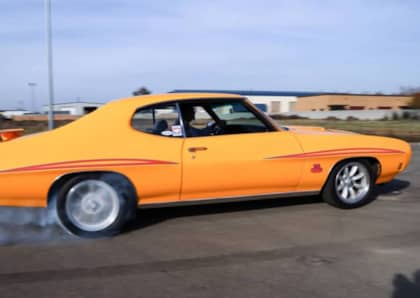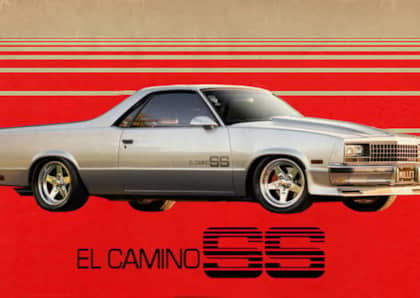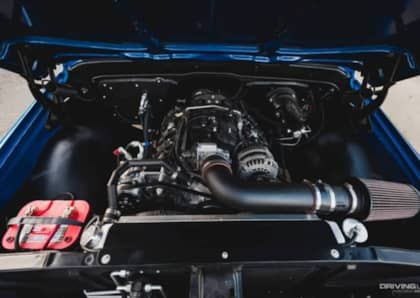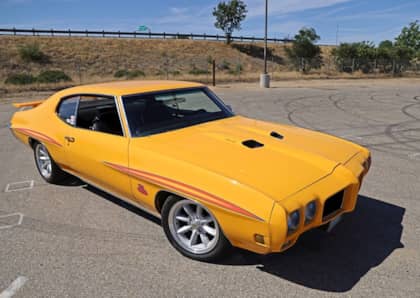Beyond Pro Touring: EV Swaps, Unique Builds, Trends & More. What’s Next for Muscle Cars?
Pretty much from the day the first Pontiac GTO rolled off the assembly line for the 1964 model year, we’ve been modifying and upgrading muscle cars for more speed, more style, better handling and a different look.
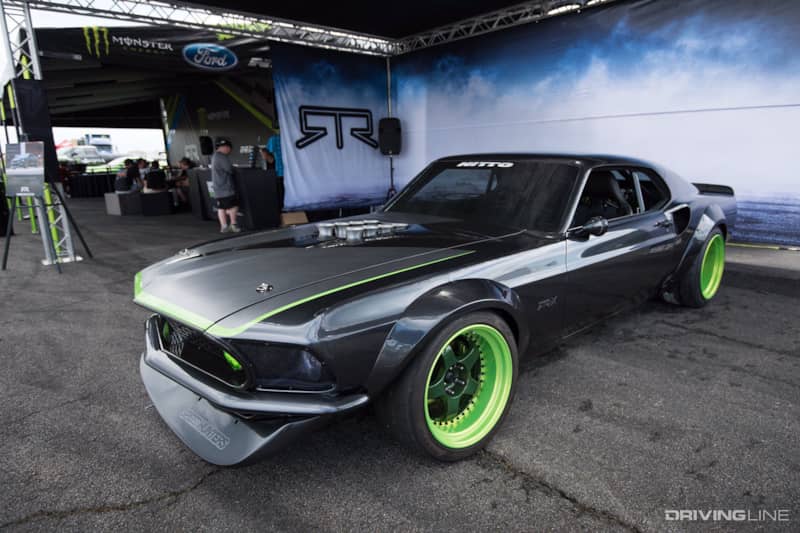
First came the drag strip specials and Saturday Night cruisers of the ‘60s. Then came the over-the-top street freaks of the ‘70s, the pro-street rides of the ‘80s and ‘90s. And then spiking in popularity during the 2000s we have the “Pro Touring” movement.
Yet unlike some of those other styles and trends that got hot for a period before builders moved on to something else. Alongside the a full-on factory restoration, Pro Touring has more or less remained the default way of building a muscle car through the mid 2020s.
20 Years and Still Going
Look at the SEMA Show in Las Vegas. For more than 20 years now, some of the most common vehicles you see there are modernized versions of classic Camaros, Mustangs, Mopars and other vintage muscle cars. Most of them built as variations of the same general formula.
With a few exceptions, there isn’t much to differentiate a Pro Touring Chevelle built in 2004 to one built 2024. And to this point, there’s really nothing that’s taken Pro Touring’s place as the dominant style in the hobby.
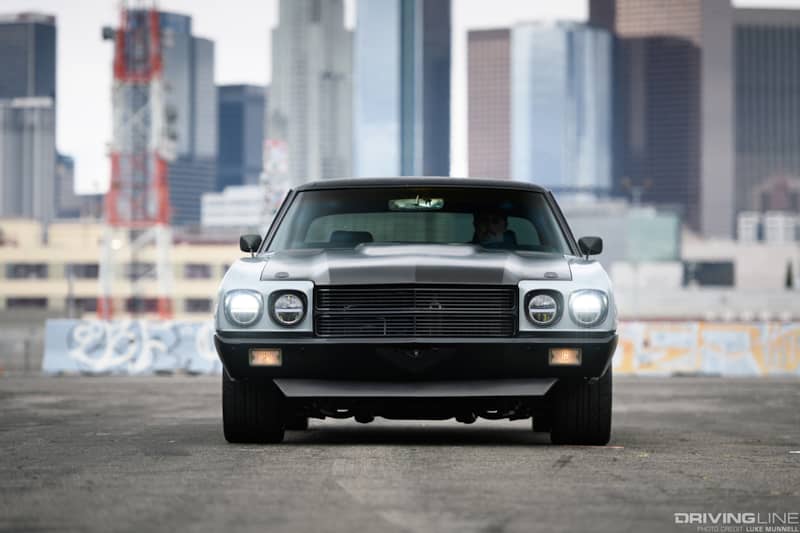
Is there anything wrong with that? No not really. And there are lots of reasons why the Pro Touring style has stood the test of time. But one has to wonder if there’s something else coming next?
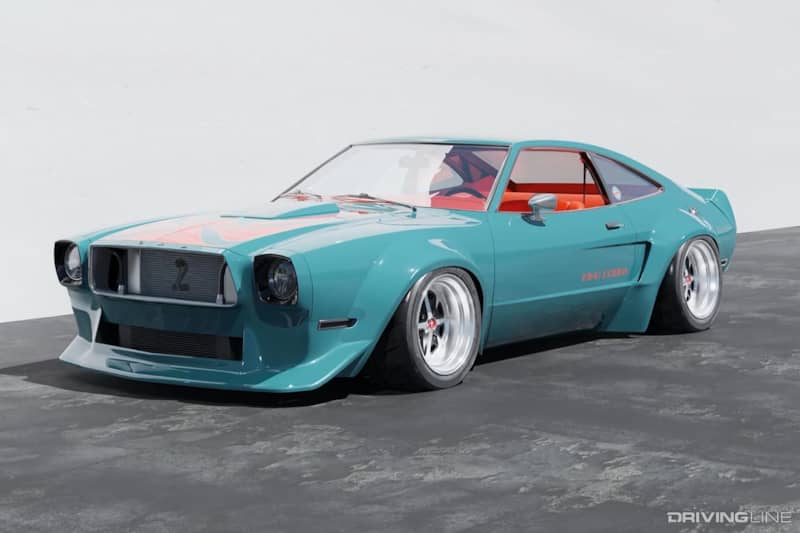
To contrast, think about how iconic hot rods like a Corvette, Model A Ford or Tri-Five Chevy and how much the styles, parts and techniques changed on these cars between say, 1955 and 1975.
While there are different takes on the style, Pro Touring cars are still defined by their modernized engines, upgraded suspension, improved brakes, larger wheels and tires etc.
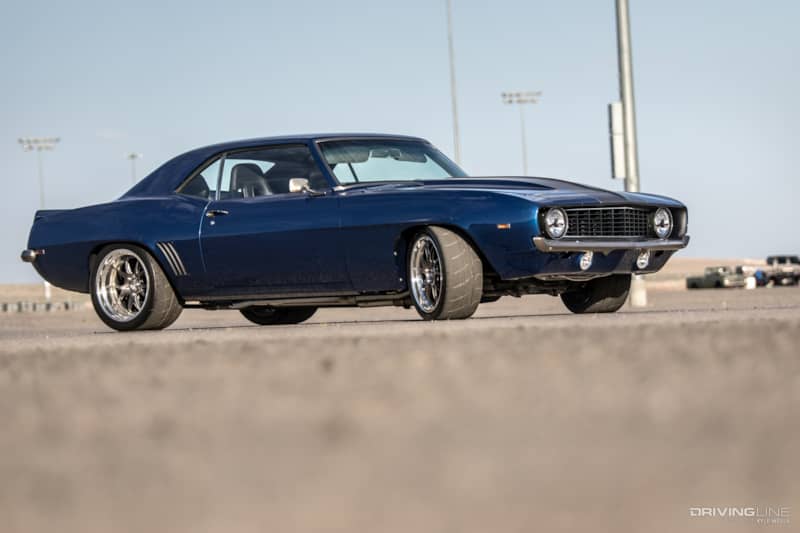
The idea behind genre is to have a classic muscle car but with the performance, and more importantly — the drivability and comfort of a modern automobile. Again, it’s easy to see how this gameplan has remained the standard for almost 20 years now.
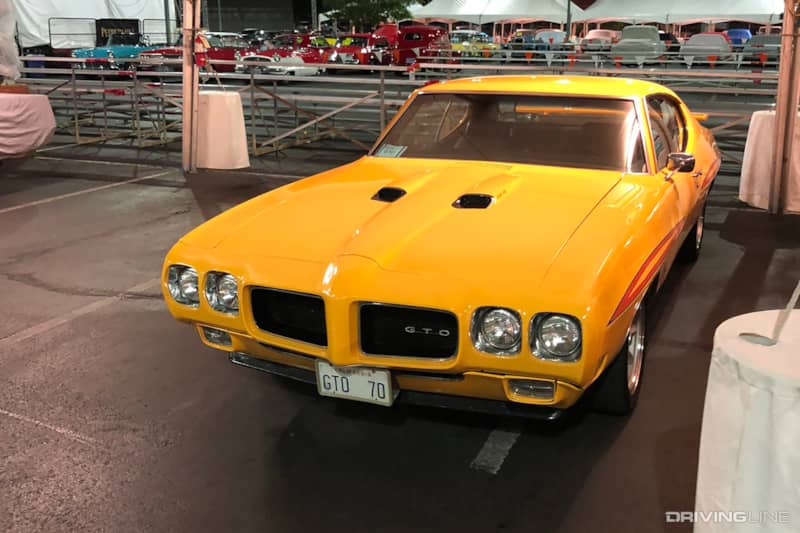
But as a muscle car lover and observer of wider automotive trends, I’m always interested to see what’s next. Is Pro Touring indeed the endgame for the muscle car hobby?
Here are some thoughts and possibilities for what might be coming next.
Electric Swaps? Don’t Count on It
What about all-electric powertrain swaps? It’s something we’ve been hearing a lot about over the last few years. Not just when it comes to old muscle cars but to hobbyist cars of all types.
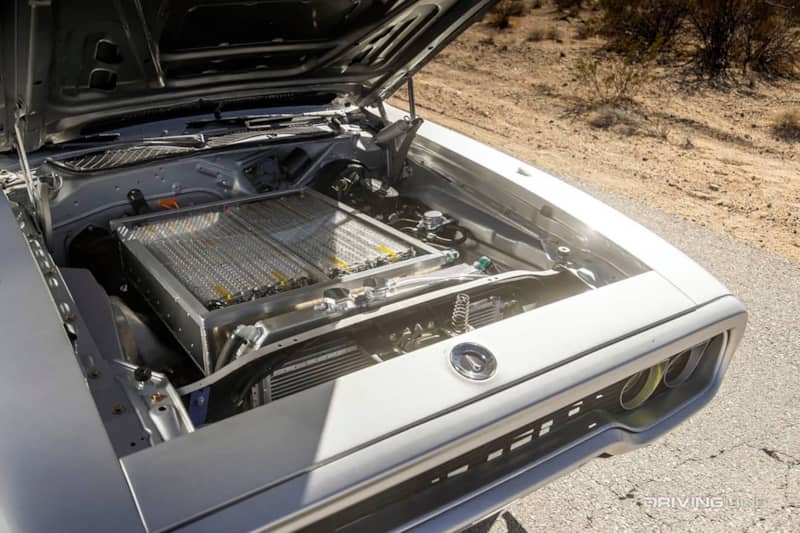
To this point though, the EV swap movement has been more driven by a possible preview into future hot-rodding methods vs something that’s easily attainable for enthusiasts on normal budgets.
At the moment, there is simply too much work, too much weight and too much money involved for the average enthusiast to seriously consider doing an electric powertrain swap for their muscle car.
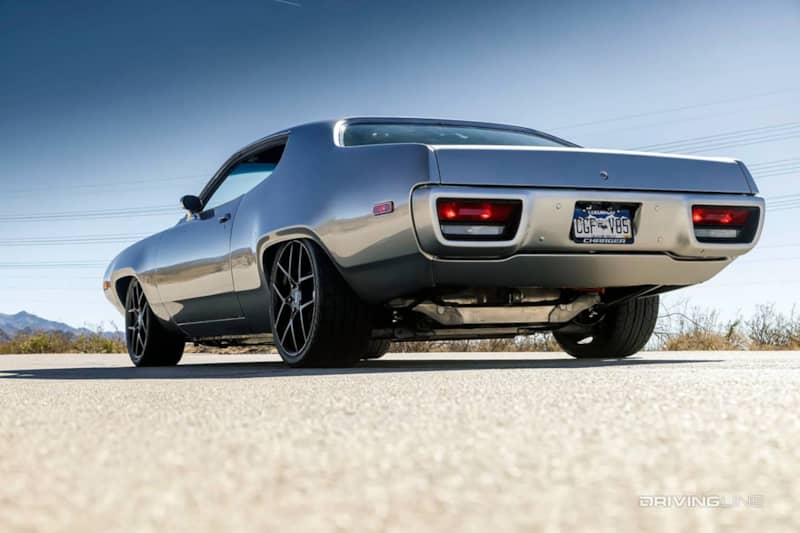
Could this change at some point? Perhaps when batteries, motors and control units are cheap and readily available. And more importantly, when the work involved doing the swap gets as easy as say dropping an LS engine into a late ‘60s Camaro.
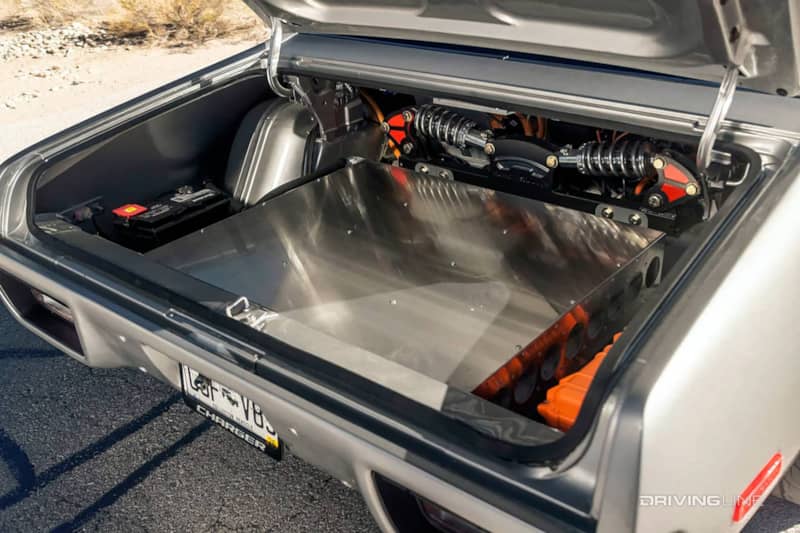
But even then, while the techie side of me thinks it’s neat to see something different, the reality is that most people want a vintage muscle car because of the V8 sound and feeling. And they aren’t particularly interested in taking away that rumble for the same nondescript, battery powertrain as every Tesla you see at the supermarket.
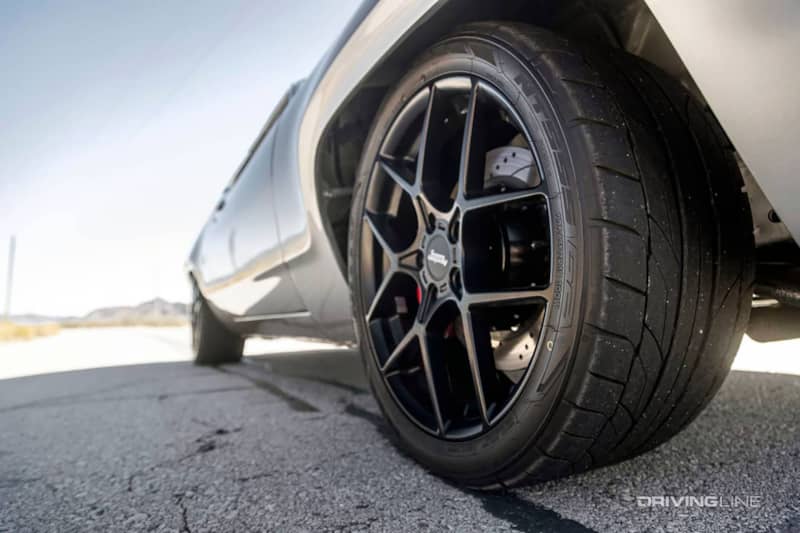
Looking to the Past?
Maybe a way to freshen up the muscle car scene is to dig back into the past? 1960s and '70s style street machines? It would be cool to see more of those. Vivid colors, high stances, old school vibes. One of those combined with an LS, modern Hemi or Coyote swap would be fantastic.
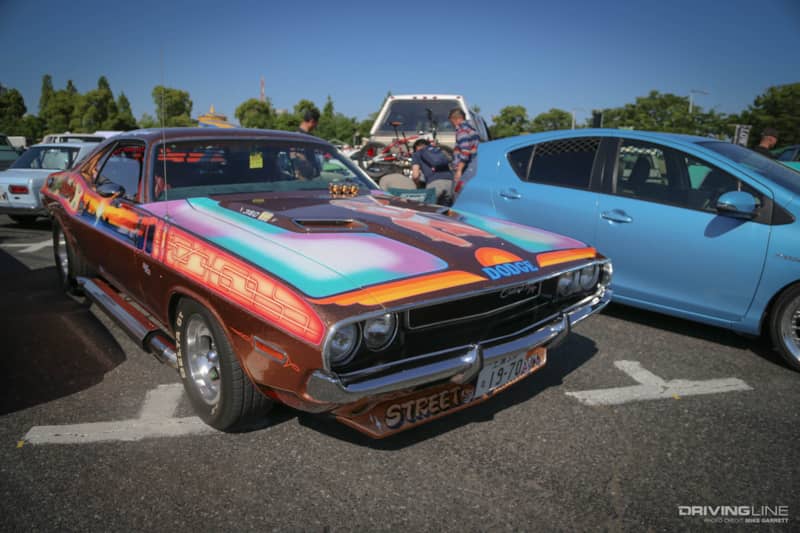
You could even go more niche and bring back some of the ‘80s and ‘90s styling elements. Pastel colors, color-matched bumpers, graphics. Look through a hot rod or muscle car magazine from 30-40 years ago and you’ll see a lot of stuff that could be used for inspiration.
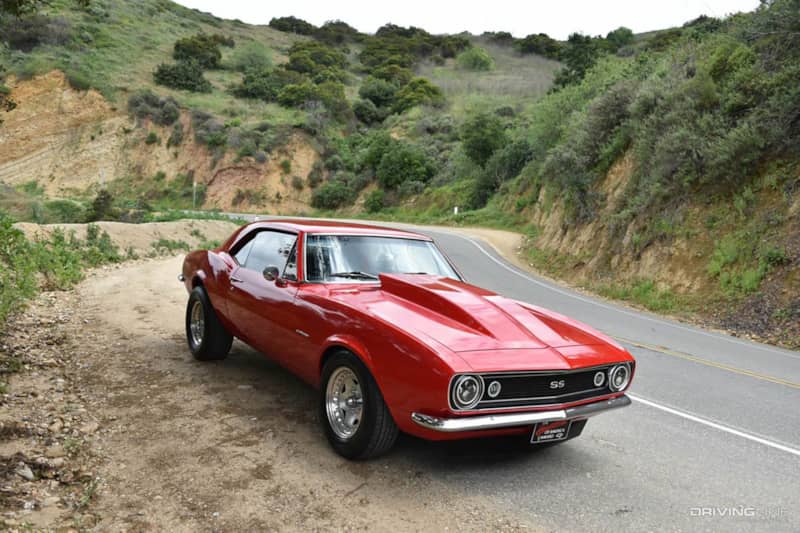
Likewise, it’d also be cool to see some of the tubbed pro street cars make a comeback, and combined with today’s modern powerplants, you should be able to make them more a lot more street-friendly than they used to be.
Another way to change things up would be to see more builds based around cars from the late ‘70s to early ‘90s. We see a tons of early Camaros, Mustangs and Chevelles. But how about some funkier stuff?
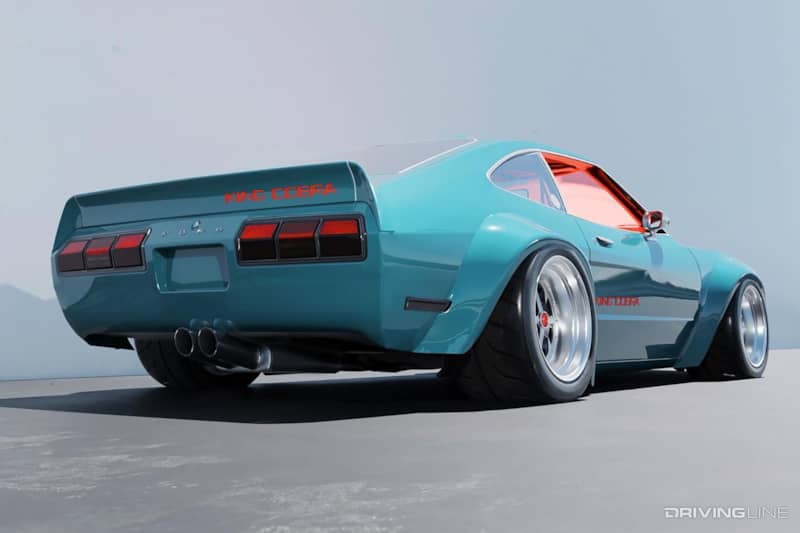
I'm talking Mustang IIs, more General Motors G-Bodies, Dodge Aspens, Ford Fairmonts etc. Although a lot of these later cars are bonafide “classics” that are well over 40 years old, they are still far and few between as build platforms.
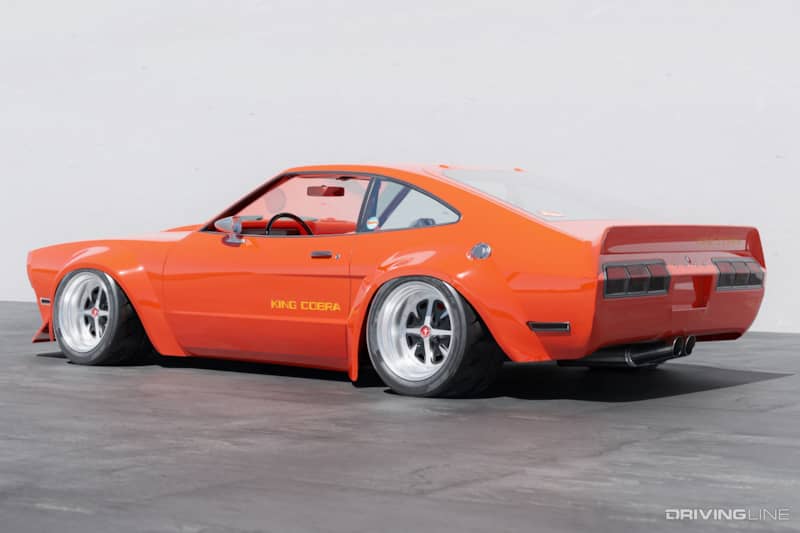
Or you could stay in the 1960s and go with some of the more unusual American offerings like the Chevrolet Corvair with its aircooled, rear-engine layout.
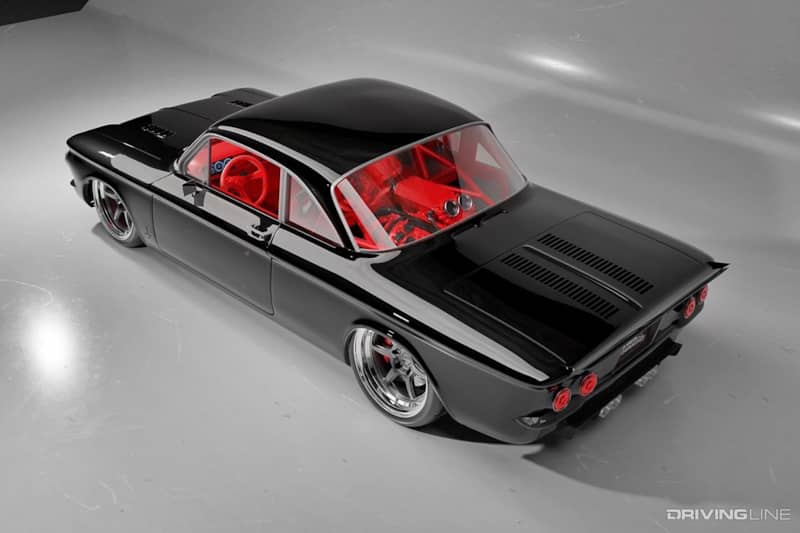
Even when built from the same Pro Touring playbook, these cars can and do add a lot more color and interest when compared to the popular, more established models.
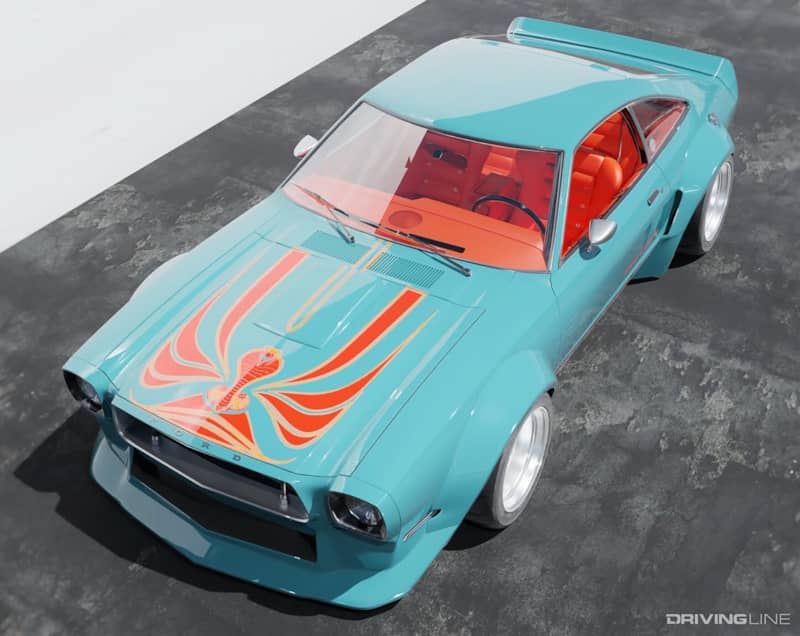
Back to the Basics
Is any of this stuff going to happen? To a degree it’s already been happening, but so far not enough to go “mainstream.” Head to your local car show or cruise night and you’ll still mainly find the same mix of factory restorations and Pro Touring style cars.
And maybe those two preferred options will remain the default. Or perhaps muscle car enthusiasts will start taking a more back to the basics approach as the price for both cars and parts continues to rise.
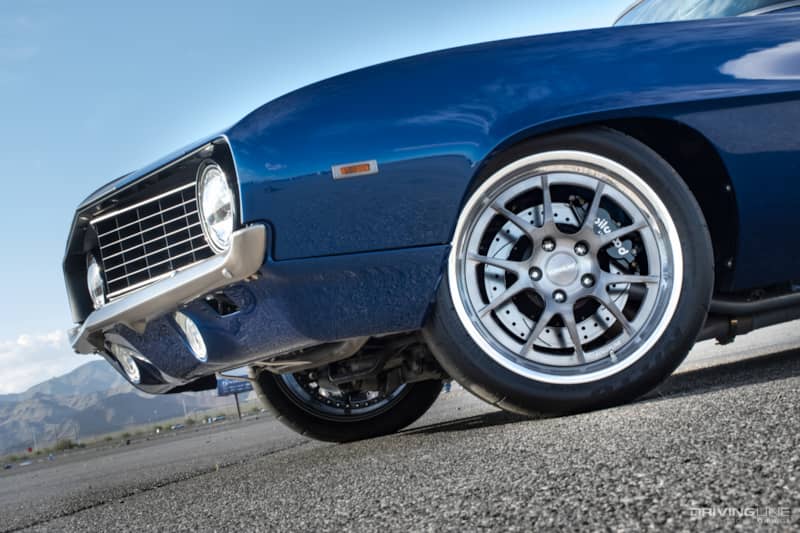
Yes, an old muscle car that handles and pulls like a modern Corvette is impressive and cool, but realistically how often are those capabilities going to be used? And chasing raw the performance of the newest cars is only going to get harder as those cars continue to get more powerful and more technologically advanced.
Instead, more grounded restomod projects will continue to bring a balance of genuine performance improvements that with work realistic budgets. And likewise you may see more “driver” builds where the owner is less focused on having a show quality paint job or immaculate upholstery.
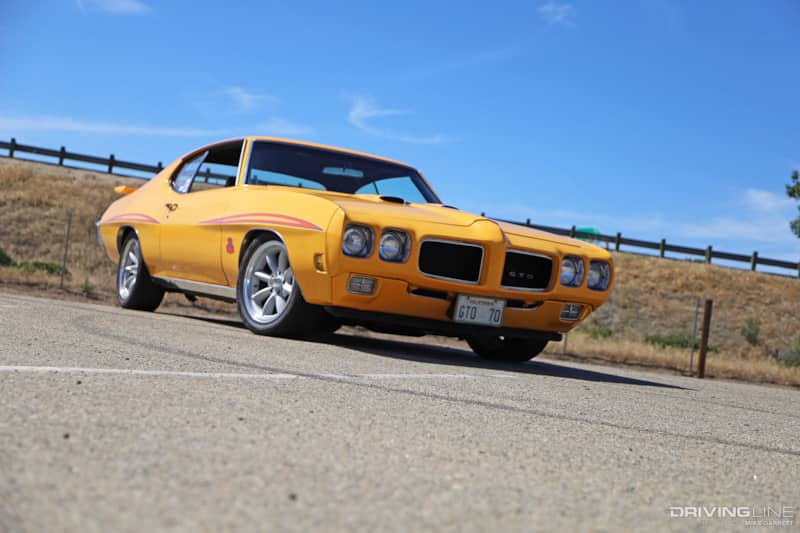
Fortunately, there are more aftermarket options than ever that can help bring big gains without breaking the bank. And you can do so with normal mechanical knowhow rather than next-level fabrication or CAD skills.
What will your typical modified muscle car look like in the year 2044? Assuming, that is, you are even allowed to drive a modified muscle car on public roads in 2044.
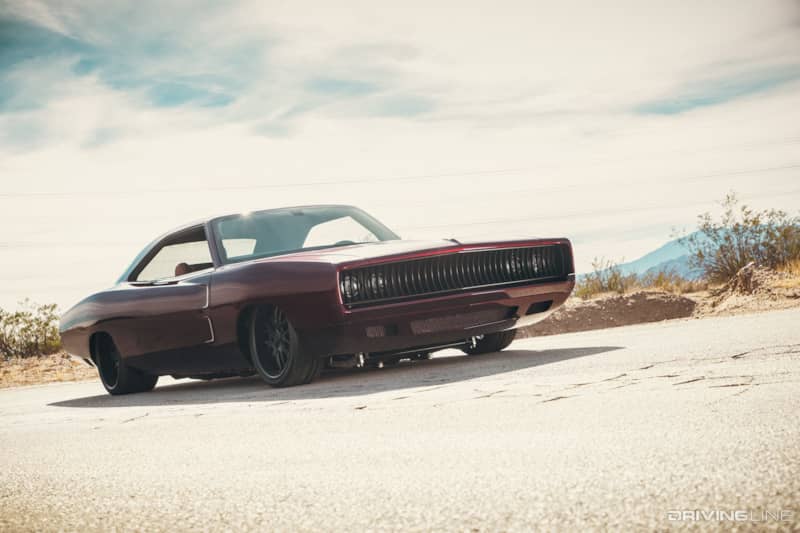
In all honestly, probably not that much different than the ones in 2024 - or in 2004 for that matter. And all things considered, that might be the ideal scenario. Maybe Pro Touring (or whatever it does or doesn’t evolve into) is indeed timeless.
Let’s check back in 20 years and see where we stand.
Renderings by Andreas Wennevold
More From Driving Line
What about a completely different take on Pro Touring based on front-drive cars from the '80s and '90s?




